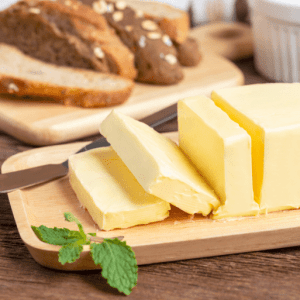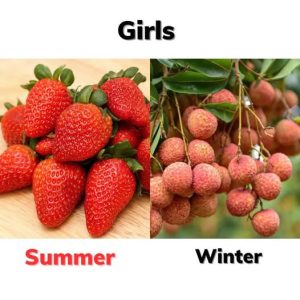Have you ever been at the grocery store and seen someone specifically ask for a bottle of Coca-Cola with a yellow cap? Maybe you saw a woman bypass rows of red-cap Coke bottles, determined to get her hands on that rare yellow-topped one. It’s not just a quirky preference—it’s rooted in something much deeper.
Cracking the Code: What Coca-Cola Cap Colors Actually Mean
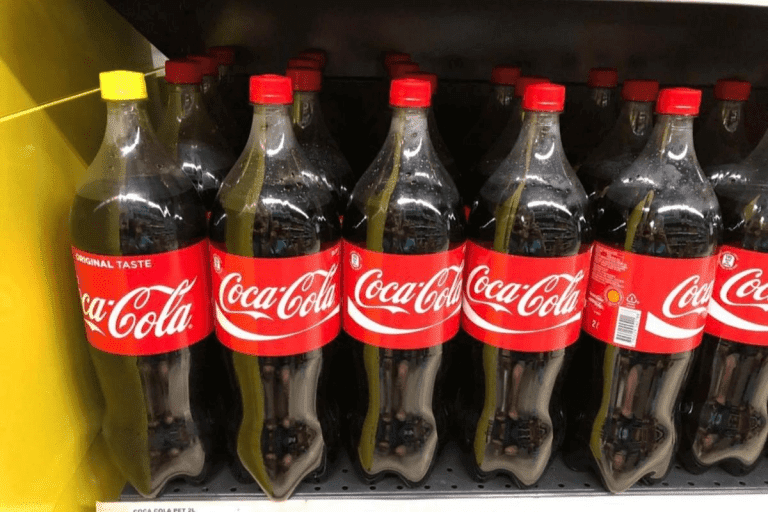
Most people are familiar with the classic red cap on Coca-Cola bottles—it’s iconic. But that’s not the only cap in the game. Over the years, Coca-Cola has used different colored caps to signal changes in the formula, special editions, or dietary restrictions.
In the United States, yellow-capped Coca-Cola isn’t just a random design choice—it has significant cultural and religious meaning. And it only shows up once a year, making it something of a collector’s item for certain fans.
Video:
If You Spot A Coke With Yellow Cap, Here’s What It Means
The Yellow Cap Means It’s Kosher for Passover
Here’s the real reason behind the yellow cap: it tells you the Coca-Cola inside is kosher for Passover. During this Jewish holiday, observant individuals avoid products made with leavened grains or corn-based sweeteners—including the high fructose corn syrup found in standard Coca-Cola.
To make Coca-Cola acceptable during Passover, the company swaps out high fructose corn syrup for cane sugar, a sweetener that meets Passover dietary laws. And to help shoppers easily spot the Passover version, they put a yellow cap on the bottle. That yellow top is more than just a color—it’s a sign of tradition, purity, and religious observance.
Why People Chase Down Yellow-Cap Coca-Cola—Even If They’re Not Jewish
You might be thinking, “Cool, but I’m not Jewish—so why should I care?” Great question. It turns out that lots of people hunt for yellow-cap Coca-Cola each year, and here’s why:
1. It Tastes Better (Seriously)
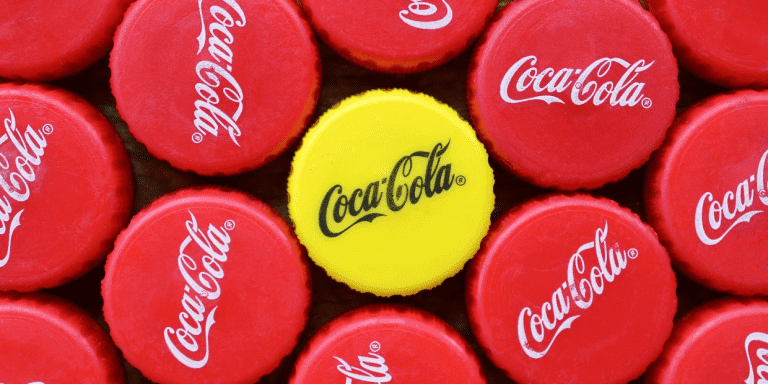
People swear the cane sugar version tastes cleaner, smoother, and less syrupy than the usual Coke with high fructose corn syrup. There’s a reason folks compare it to the “classic Coke” taste from decades ago. The difference isn’t just in your head—cane sugar and corn syrup affect texture and sweetness in different ways.
2. It’s a Sip of Nostalgia
If you grew up drinking Coca-Cola in the U.S. before the mid-1980s, you were drinking the cane sugar version. In 1985, Coca-Cola made the switch to high fructose corn syrup to cut costs. For many longtime fans, yellow-cap Coke is like a sweet trip back in time—a chance to taste Coca-Cola the way it used to be.
3. Some Believe It’s a Healthier Option
Although both cane sugar and corn syrup are still sugars (and should be consumed in moderation), there’s a common belief that cane sugar is the lesser of two evils. High fructose corn syrup has been linked—fairly or not—to obesity and other health issues. Even though the science is mixed, many people choose to avoid HFCS when they can.
4. Dietary Sensitivities and Lifestyle Choices
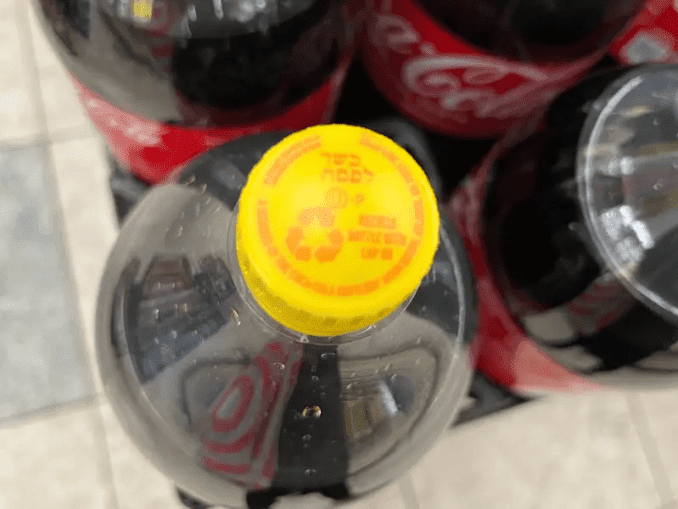
Beyond religion or nostalgia, some consumers avoid high fructose corn syrup because of personal sensitivities or dietary goals. The yellow-cap version gives them a rare chance to enjoy Coca-Cola without compromising their preferences.
Global Coca-Cola: Not All Bottles Are Created Equal
You might be surprised to learn that not all Coca-Cola is made the same around the world. In fact, many international versions still use cane sugar as their default sweetener.
- Mexican Coca-Cola (often called “Mexican Coke”) is famous for its glass bottles and cane sugar formula. It’s so popular that it’s imported and sold in U.S. stores year-round.
- In countries like Brazil, the UK, and parts of Europe, Coca-Cola with cane sugar is the norm, not the exception.
- In the United States, however, the standard is still high fructose corn syrup—unless it’s a special edition like the yellow-cap Passover version.
Video:
Here’s What The Yellow Caps On Soda Bottles Really Mean
When and Where Can You Get Yellow-Cap Coca-Cola?
Here’s the catch—it’s only available once a year, usually around March or April, in the weeks leading up to Passover.
You’ll have the best luck finding it in cities with large Jewish populations, such as:
- New York
- Miami
- Los Angeles
- Chicago
- Philadelphia
Look for it in supermarkets with kosher sections, Jewish groceries, or big chains like Walmart, Costco, or Kroger. If you’re not near a store that stocks it, some online retailers offer it—but be ready to pay a premium.
Stock Up Before It’s Gone
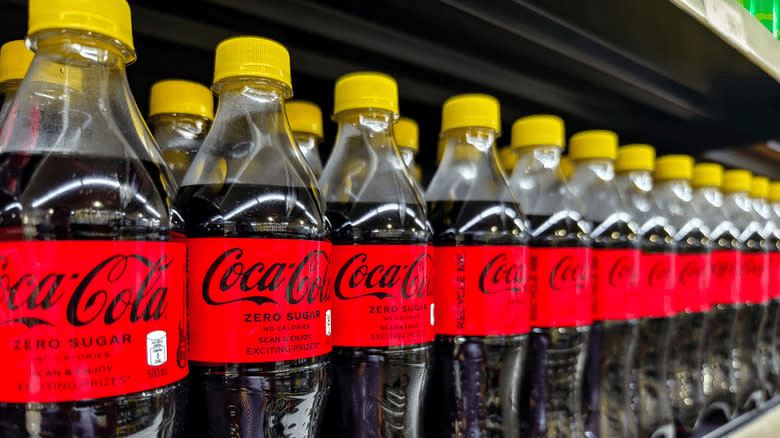
Because it’s only available for a short time each year, people often buy it in bulk. Some even freeze bottles or store them in cool places to make their stash last until the next Passover season.
If you’re curious to try it—or you’re a longtime fan waiting for its return—don’t wait too long. Once it’s gone, it’s gone for the year.
Conclusion: Why One Woman Demanded Yellow-Cap Coca-Cola
So, back to that woman in the grocery store who refused the red-cap Coca-Cola. Now you know—she wasn’t just being picky. Whether she was observing Passover, avoiding high fructose corn syrup, or just chasing a taste from her childhood, she had good reasons for reaching for the yellow cap.
It’s more than just a bottle of soda. It’s a symbol of tradition, a nod to history, and, for many, a tastier and more wholesome version of a beloved beverage. When Coca-Cola rolls out its limited edition yellow-cap bottles, it sparks excitement—and for good reason.
If you see it on the shelves, grab a bottle. You might just discover what all the fuss is about.
